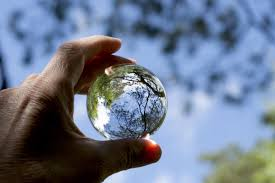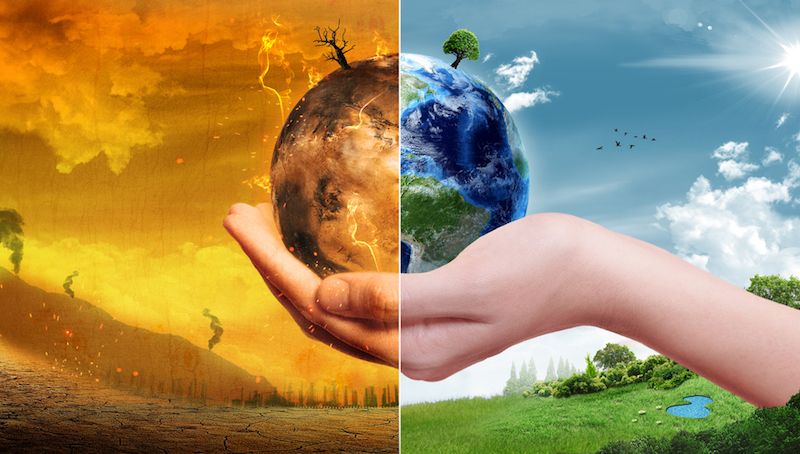Cédric Duroux still remembers the chill on that Icelandic mountain—not from the wind, but from the words of a guide who quietly told him that the ice all around had once been a glacier. He looked out at what was left: a few faint glimmers of ice clinging to stone. This was Ok, formerly the Okjokull glacier, declared “deceased” in 2014. In 2018, Duroux joined Rice University anthropologists scouting the site for the glacier’s funeral. He’d come for the view; he left with goosebumps and a first, deep encounter with climate change.This is the strange paradox of last-chance tourism—the growing urge to see places before they disappear. The Great Barrier Reef before bleaching erases its colours. Glaciers before they melt into history. Venice before the sea takes her streets. The “see-it-before-it’s-gone” trips can inspire, but they can also speed up the very loss they mourn. For example, since Duroux’s first Iceland visit, half a million tourists now arrive in the 400,000-person nation each year for glacier tours. Research at six European glacier sites found that nearly half the visitors came specifically to see the ice before it melted.
Robin Kundis Craig, a professor at the University of Kansas School of Law, warns that without careful planning, the emotional rush of visiting these fragile places can trample them. In Yosemite, climate change already strains the landscape; adding millions of feet only deepens the damage. In Antarctica—once “the world’s final frontier”—tourism has more than doubled since 2018-19, with cruises starting at £7,500 ($10,000) and producing the annual carbon footprint of an average UK resident per passenger. Wildlife has faced new threats, from invasive species to avian flu devastating local seals.
Yet there is hope in how these journeys are done. Ashley Perrin, a guide for Aurora Expeditions, avoids high-pressure landing sites and lets wildlife dictate the itinerary. She believes in David Attenborough’s idea: people won’t protect what they don’t know. On the Great Barrier Reef, Master Reef Guide Andy Ratter takes the same approach, encouraging visitors to stay longer than a day, learn skills like diving, and join citizen science projects. Regular tourist monitoring helps track reef health across its vast expanse.

The danger is assuming that simply visiting is enough. Without conscious choices—such as using eco-friendly transport, selecting responsible tour operators, and respecting local guidelines—tourists risk doing more harm than good. In fragile ecosystems, even one careless act can have ripple effects: a dropped anchor crushing coral, a single invasive seed brought in on a boot, or a drone flight that disturbs nesting birds.
The economic dimension adds another layer of complexity. Many communities depend on tourism revenue, yet uncontrolled numbers can destroy the very attractions that draw visitors. Sustainable tourism isn’t about banning travel; it’s about pacing it, limiting numbers when necessary, and investing profits into conservation rather than unchecked expansion.
Technology, too, is beginning to play a role in reducing impact. Virtual reality expeditions now let people experience Antarctica’s frozen deserts or the deep reef without stepping foot there. While nothing can replace the visceral awe of standing in those places, VR and livestreamed citizen science offer an alternative for those unable—or unwilling—to add to the carbon load of long-haul travel.
For indigenous and local voices, last-chance tourism can be both a platform and a threat. Done ethically, it amplifies their knowledge and ensures their stake in preserving these places. Done poorly, it can drown them out under the noise of global tourism. Respecting their leadership is not only a moral imperative—it’s often the most effective way to safeguard fragile environments.
The challenge is turning awe and grief into lasting action. Nadine Marshall, a retired scientist, studied “reef grief” and found that even first-time visitors mourned a past they’d never seen. That sadness, she says, can be powerful—if it’s channelled into climate-friendly behaviour. Duroux agrees. After Iceland, he helped organise a climate change festival in Lyon, turning personal sorrow into public conversation.
















